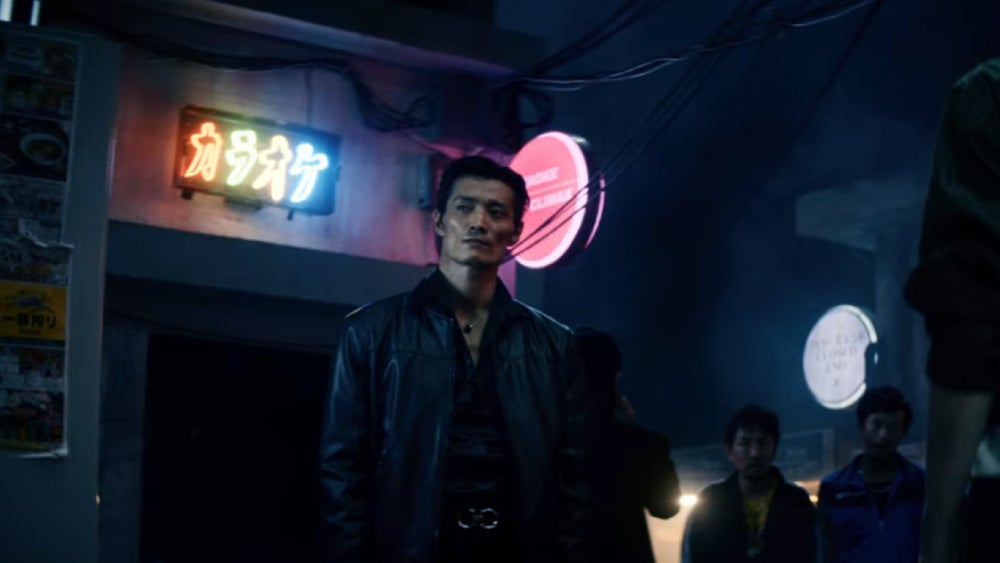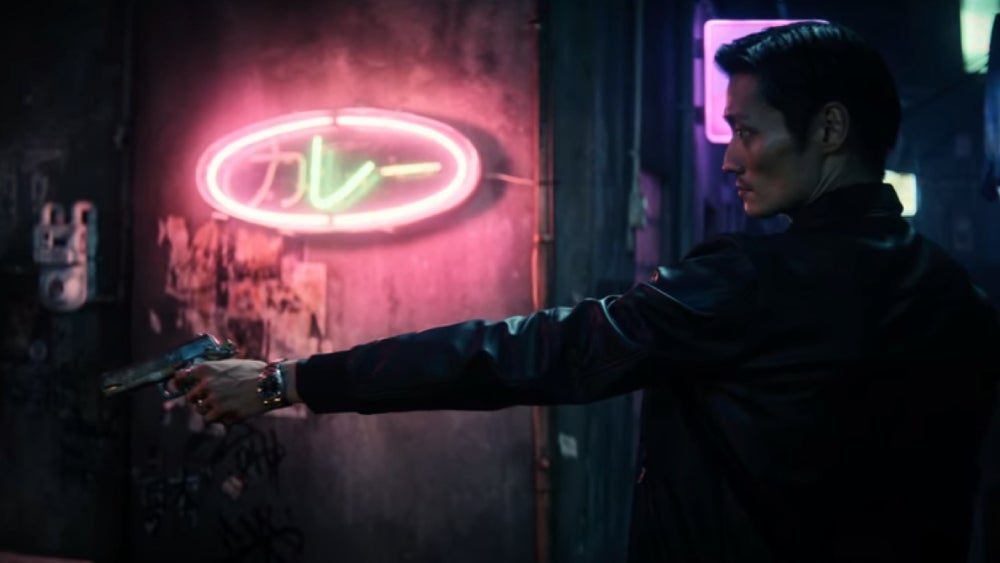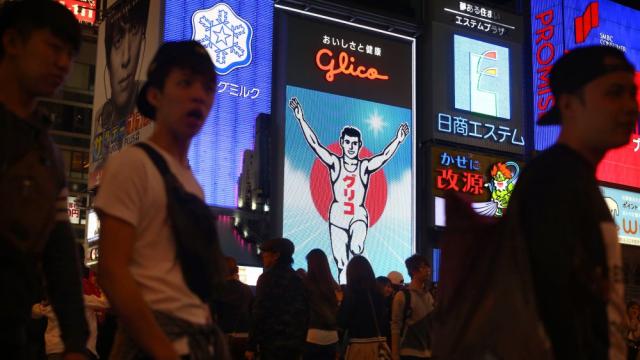Instagram and Pinterest are full of “neon Japan” photos. Neon or neon lighting certainly still exists in Japan, especially Tokyo or Osaka, but it’s prevalence is nowhere near decades past.
“Nights in Tokyo’s Shibuya and Osaka’s Dotonbori are as dazzling as ever, but the chief light source is not neon,” Riki Ono, managing director of the Japan Sign Association, told Nikkei. That neon-lit image of Japan, like many Japanese clichés, has not changed for decades. When Japan is shown in Western popular culture, neon signs are used as signifiers. This can be seen in the recently released Netflix film Kate.

Yet, according to the All Japan Neon-Sign Association, the number of shipments for neon-sign transformers, which power neon signs, has been decreasing since 1990. As evident by the increased shipment numbers, there was an increase in neon in Japan during the late 1960s and early 70s, until the oil crisis of 1973 which caused shipments to plummet the following year.
But throughout the 1970s and 1980s, when Japan enjoyed great economic prosperity, the number of neon signs across the country skyrocketed. At their peak in the 1990s, there were over 500,000 neon-sign transformer shipments. Since then, save for an increase in 1996, neon has been falling to around 20 to 30,000 or so neon-sign transformer shipments per year. The neon-lit heyday of the past is firmly in the rearview mirror.
While Japan might be closely associated with neon, thank the French for its invention. Scientist George Claude presented the neon sign at the Paris International Exposition in the early 1900s. The first neon signs went up in Japan in 1926 at Tokyo’s Hibiya Park, but as the All Japan Neon-Sign Association explains, it wasn’t until the 1964 Olympics, when there was an increase in the demand for outdoor advertising, the use of neon sign really took off in Japan.
So much of Japan’s modern identity were formed in the 1980s and 1990s — and still linger to this day. The impression that Japan’s neon cities made around the world is indelible. You can feel the neon in Ridley Scott’s 1989 film Black Rain. Scenes were shot in Osaka’s Dotonbori, which, at that time, was bathed in neon. That was not artifice.
One of the most famous landmarks in Osaka is the Glico sign. When the Dotonbori area, where the sign is located, was revitalized starting over a decade ago, the bridge was widened for tourists to snap photos. The biggest change of all came in 2014 when Glico, a famous sweets and snack maker, it swapped the neon in its iconic running man sign for LED. Gone was the neon, but in hindsight, this wasn’t totally unexpected. It had been vanishing from Japan for years.

The image of neon-lit Japan lives on. Some modern representations, such as Netflix’s Kate, become mired in it. The lighting in Kate seems like it’s supposed to mimic neon signs, and in several spots in the film, there is clearly visible neon — some of it real and some of it added on a sound stage. “The flashy neon image of Japan hasn’t changed since Blade Runner, I guess,” wrote one viewer, while another chimed in, “Japan has that much neon? lol” These days, it certainly has far less.
Japanese cities still dazzle the night. The move to LED was inevitable, just as it was for the move from signs with lightbulbs to neon signs. Nikkei notes that while one neon tube can only be a single colour, LED can produce three primary colours and makes elaborate displays possible. Perhaps most importantly, LED uses a fourth of the electricity.
There will continue to be a place for neon. It evokes nostalgia, and its warm glow is visually pleasing. Neon won’t vanish completely from Japan. It still lingers, even now. But these days, it’s not neon that’s lighting up the night.

Leave a Reply